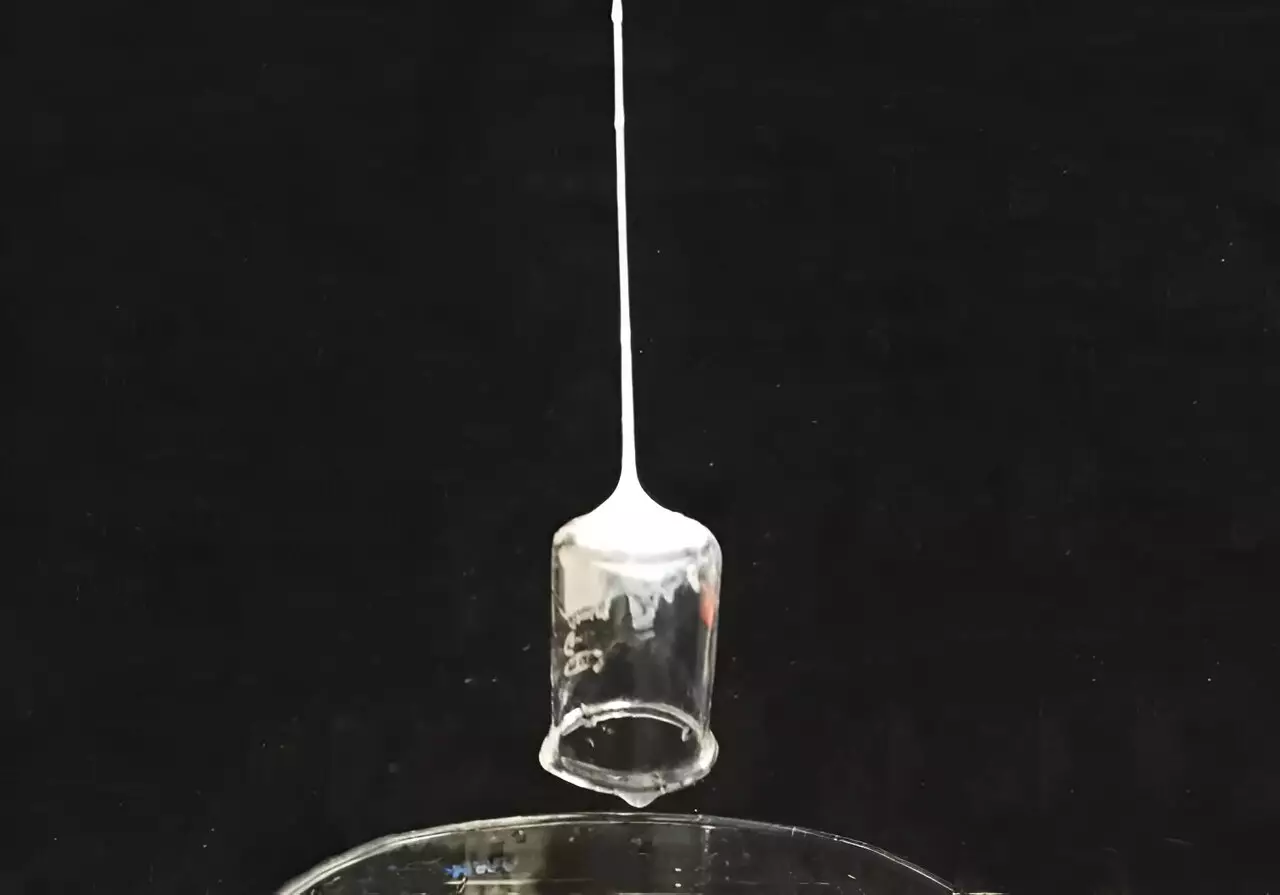For generations, comic book enthusiasts and film fans alike have fantasized about the extraordinary abilities of characters like Spider-Man. The notion of shooting webs, soaring above streets, and confronting villains has captured the imagination of many. What if, however, this fantasy could be transformed into a practical technology? Researchers at Tufts University have turned this dream into reality with cutting-edge innovations in web-slinging technology, advancing not just the realms of science fiction, but also material science.
The groundbreaking research, documented in the journal Advanced Functional Materials, unravels a sophisticated mechanism through which a specially formulated fluid can be shot from a needle. Upon exposure to air, this fluid instantly solidifies into a fibrous strand capable of lifting objects—a concept rooted deeply in the natural world. The fibers originate from silk moth cocoons, which are meticulously processed to extract fibroin, the protein that allows silk to maintain its integrity.
This innovative material harnesses the properties of silk found in various insects and arachnids, such as spiders and moths, which manufacture silk for diverse purposes—be it for creating webs, nests, or cocoons. While the biological processes behind silk production have inspired engineers for years, replicating the precise control spiders have over their silk’s characteristics—such as elasticity and cohesiveness—has long been a challenge.
A pivotal moment occurred in this research journey when Marco Lo Presti, a research assistant professor, stumbled upon an intriguing phenomenon while cleaning glassware with acetone. He observed a web-like material forming at the bottom of the glass, leading to a breakthrough in overcoming multiple engineering hurdles associated with mimicking natural spider silk. Traditionally, silk fibroin solutions would transition into a semi-solid hydrogel after hours, but combining it with dopamine allowed for an almost instantaneous solidification process.
Dopamine, a compound utilized in creating powerful adhesives, was found to draw water away from the silk, catalyzing the transformation from liquid to solid. This critical insight paved the way for the formation of fibers with remarkable tensile strength and stickiness, emulating spider silk’s natural properties.
The research team’s innovation doesn’t merely stop at creating strong adhesives; their method opens a treasure trove of applications across various fields. By integrating chitosan—derived from insect exoskeletons—the fibers produced exhibited an astonishing increase in tensile strength, further enhanced by the addition of borate buffer, augmenting adhesiveness to an impressive 18-fold.
A significant achievement of this technology is its ability to lift objects more than 80 times the weight of the fiber itself, a feat demonstrated through diverse experiments involving various lab objects. From cocoon retrievals to the lifting of laboratory tools, this technology embodies practical implications that could revolutionize fields such as biomedicine, agriculture, and advanced manufacturing.
Lo Presti draws attention to a fascinating distinction between spider silk production and this modern technology: spiders don’t shoot their silk but physically draw it from their glands. In contrast, this invention facilitates the ejection of fibers, allowing for efficient object retrieval from a distance. This remarkable ability highlights a fusion of biological inspiration with engineering ingenuity, placing it squarely within the realm of superhero-inspired materials rather than merely mimicking nature.
Despite the impressive advancements achieved, it’s important to note that natural spider silk remains approximately 1,000 times stronger than the synthetic fibers developed through this research. Nevertheless, even incremental advancements have the potential to pave the way for practical applications, showcasing scientific creativity in action.
Professor Fiorenzo Omenetto, the director of the Silklab at Tufts University, encapsulates the essence of this research: the intersection where imagination converges with scientific practice is a source of groundbreaking innovation. This endeavor does not merely seek to replicate nature but also draws inspiration from popular culture and science fiction, creating a dialogue between fantasy and the requirements of life.
As these researchers navigate the boundaries of creativity and engineering, their work stands as a testament to the endless possibilities of bio-inspired innovation. With each breakthrough, we inch closer to transforming our imaginative visions into tangible realities, beckoning a future where technologies once considered whimsical could redefine our interaction with the world around us.

